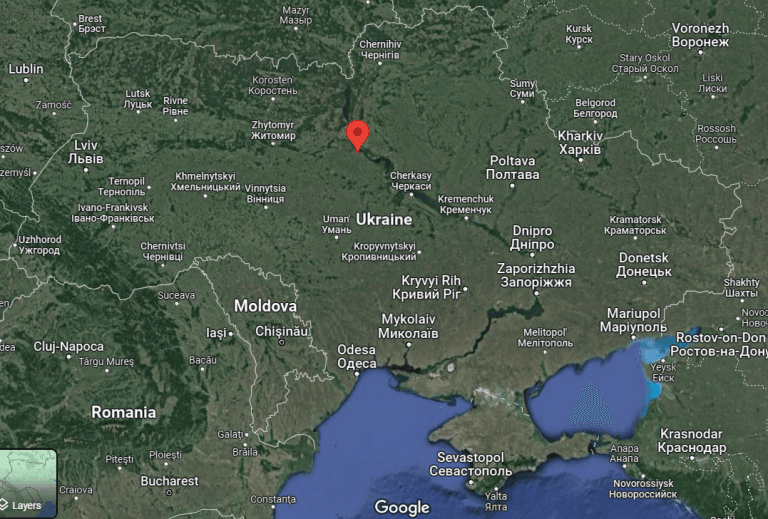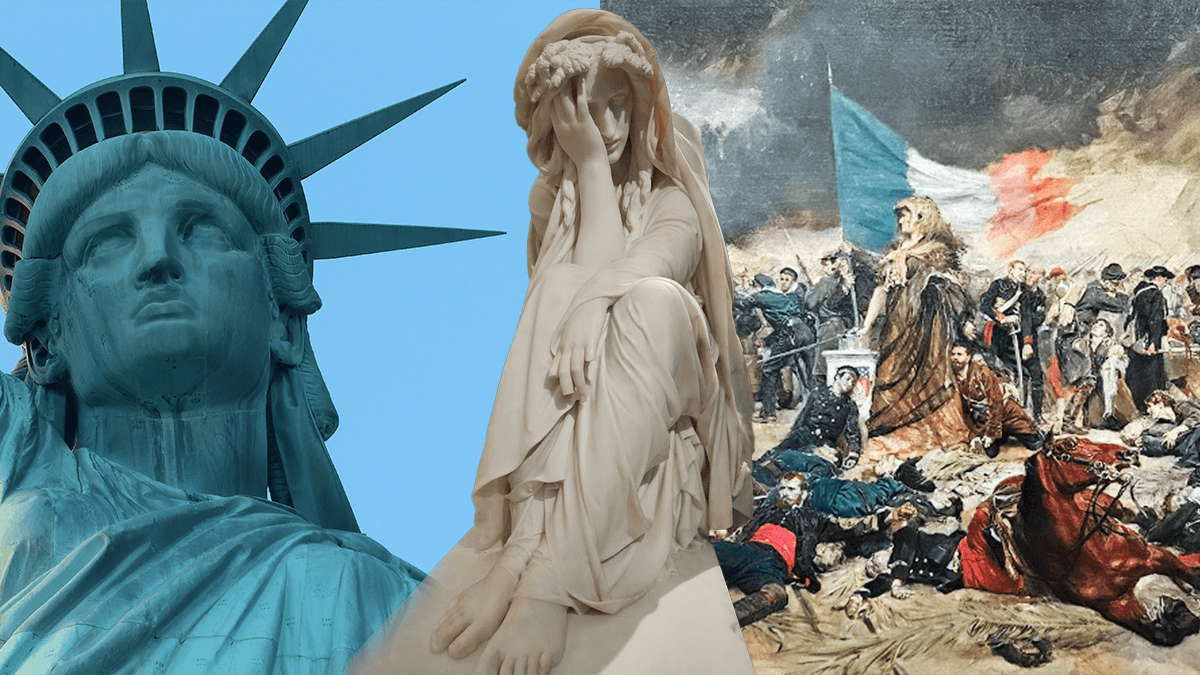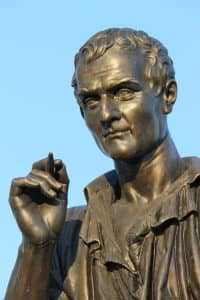In the mainstream press we’ve heard a lot about concepts like “liberty” and “justice” lately. It makes some sense to step back and think about the origin of these concepts in Western philosophy and look at how they have shaped the current discourse on freedom and constitutional rights in modern times. Many philosophers throughout history have made arguments for liberty and freedom. However, considering those who have had a significant impact on Western philosophy, the key thinkers might be:
- Socrates (469–399 BC) – While he did not write any works himself, his thoughts and ideas were extensively recorded by his students, including Plato. Socrates placed a great emphasis on the freedom of the individual to pursue truth and virtue, arguing for freedom of thought and speech. The Socratic method itself encourages open dialogue and questioning of conventional wisdom.
- Aristotle (384–322 BC) – A student of Plato and teacher of Alexander the Great, Aristotle’s philosophy was incredibly influential. His works on politics extensively deal with issues of justice, rule of law, and the benefits of a balanced “mixed” government. Aristotle placed a great emphasis on human flourishing, which requires personal freedom and political participation.
- Thomas Hobbes (1588-1679) – His work significantly influenced the discussion on liberty in modern Western philosophy. His work “Leviathan” discusses the concept of the social contract and the necessity of a strong central authority to prevent life from being “solitary, poor, nasty, brutish, and short.” In his view, people willingly trade some of their freedom for protection of their rights. This 1651 book laid the groundwork for much of Western political philosophy by developing social contract theory.
- John Locke (1632–1704 AD) – Locke was an English philosopher who had a significant influence on Enlightenment thinking. He is often known as the “Father of Liberalism” and argued in his “Two Treatises of Government” that individuals have natural rights to life, liberty, and property. He also made the case for consent of the governed, where any legitimate government must be based on the consent of the people and must respect their rights.
- Jean-Jacques Rousseau (1712–1778) – Rousseau’s “The Social Contract” expanded upon and challenged ideas of liberty and freedom, including those presented by Hobbes and Locke. Rousseau posited that true political authority lies with the people and that liberty is achieved when individuals align their personal will with the general will of the collective.

Close up of the statue of Jean-Jacques Rousseau on the Rousseau island, Geneva, Switzerland. This sculpture was created by James Pradier sculptor in 1835.
- Jean-Jacques Rousseau (1712–1778) – Rousseau’s “The Social Contract” expanded upon and challenged ideas of liberty and freedom, including those presented by Hobbes and Locke. Rousseau posited that true political authority lies with the people and that liberty is achieved when individuals align their personal will with the general will of the collective.
- John Stuart Mill (1806–1873) – Mill’s “On Liberty” is a key text in the liberal tradition. He argued for the protection of individual freedom against coercive actions by the state, defining liberty as “the only freedom which deserves the name, is that of pursuing our own good in our own way”. Mill’s ‘harm principle’ proposes that the actions of individuals should only be limited to prevent harm to other individuals.
Each of these philosophers built upon the ideas of those who came before them, developing a complex and nuanced understanding of liberty that continues to influence Western political and philosophical thought. What is clear when we take the historical view is that these concepts have been developed and fought over for many centuries. People have shed their blood and given their lives to make it possible for us to have freedom and liberty today.
But war is not romantic as these artists depicted in paintings and sculptures I recently saw at the Musee d’ Orsay in Paris, France. And now as Russia and the Ukraine are emeshed in a hot war over these very concepts it is important to revisit the genisus of these ideas.

Why is it important to cover these abstract ideas on this blog on cybersecurity?

While conducting multiple threat hunts since the Russian invasion of Ukraine it has become apparent to me that a very active undercurrent of cyber threat activity is occurring. This involves threat actors from Russia that are targeting victims in Western society; primarily victims in NATO and aligned countries. And this targeting is done with impunity and with no regard for the impact on civilian populations, just as we have seen in the kenetic conflict that continues to this day. The latest ransomware attack on the Prospect Medical Facilities is just the latest example of how criminal gangs that are in alignment with the strategic objectives of the Kremlin are seeking to wreck havoc on civilian life in NATO countries.
This is not just a fight between two far away soverign nations, it is a fight for the ideas of freedom and liberty. We all stand to lose if we do not recognize this existential threat. Cyber threat hunters need the resources to contiue to alert on these activities. We are also soldiers in the fight.
While conducting multiple threat hunts since the Russian invasion of Ukraine it has become apparent to me that a very active undercurrent of cyber threat activity is occurring. This involves threat actors from Russia that are targeting victims in Western society; primarily victims in NATO and aligned countries. And this targeting is done with impunity and with no regard for the impact on civilian populations, just as we have seen in the kenetic conflict that continues to this day. The latest ransomware attack on the Prospect Medical Facilities is just the latest example of how criminal gangs that are in alignment with the strategic objectives of the Kremlin are seeking to wreck havoc on civilian life in NATO countries.
This is not just a fight between two far away soverign nations, it is a fight for the ideas of freedom and liberty. We all stand to lose if we do not recognize this existential threat. Cyber threat hunters need the resources to contiue to alert on these activities. We are also soldiers in the fight.


